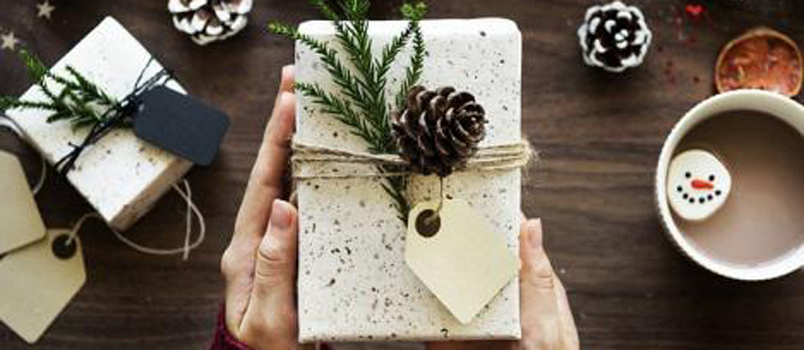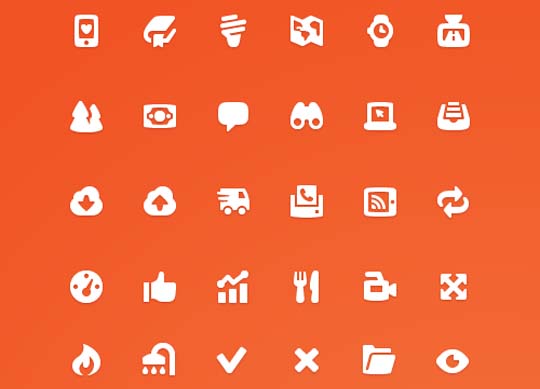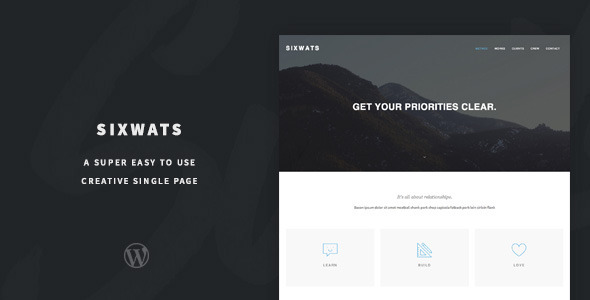With the new technology surrounding us, you might think we’ve outgrown the days of printed labels. After all, a label is an insignificant piece of paper stuck to a product, right? Wrong! Labels are just as important today as they were for the last few decades. They provide short and easy to understand information about a product, they can be used to categorize and sort items, we use them in school, at home, and in stores, and their usefulness doesn’t know limits.
Even more, labels and stickers are a fantastic way to promote products and show people your company is professional and cares for details. How you do this? Through the perfect design!
Sadly, the design of the label is, in many cases, as mistreated as the label itself. Many companies or organisations don’t even bother to consult a designer – they’ll just use a standard template (which is hideous in many cases) and slap it on the label. This is not impressive and doesn’t say anything about your way of doing business (if else, it says you’re sloppy and lazy). On the other hand, the perfect label design can be your path to success. If you need proof, take a look at some wonderful examples.
But what it takes to make the perfect label design? Well, there are a few pointers to follow and below we listed some of the most important ones.
The Spacing
The real estate available on a label is quite limited so you must make sure all the information fits right in. Of course, the most important information (usually the name) will take the most space as it needs to be visible.
Next, you should find a place for the information that will make the labeled product more appealing to the buyer (‘100% natural’ or ‘gluten-free’). This type of information should be situated close to the name so it’s easy to read it by simply walking your eyes over the label.
The brand name is also important, but it doesn’t have to be bigger than the product name. Most designers recommend placing the brand in the space where the eyes roll up first (the top right corner or the top in general).
Since there is limited space and you want people to read the information on the label, it’s best to use contrasting colours, but in a pleasant combination. Overall, the idea is to make use of all the space you have available without crowding the design.
The Message
The piece of paper we call label or sticker must send a message, it must present the buyer with the brand’s identity and has to do so in an elegant manner. We know it sounds like too much to ask from a poor label, but it is more than possible.
Over the years, many brands impressed us with delicious design ideas and cute stickers that allowed us to appreciate the creative genius. So don’t just put the info on the label and hope for the best – make the buyer want to pick your product out of a few dozen more that sell the same thing!
Colours
Just like the words, colours send a message. And when you’re not combining them correctly, the message is not attractive to the possible client. For instance, it was proven that, in the nutritional industry, there is a powerful connection between label colour and purchase.
But in any industry, the colours used to design the label must be appealing to the customer. For instance, a bright colour may make your product easier to notice, but it may also be perceived as too bold. This is why you have to find the correct balance between colours and text without making it boring.
We hope you realised by now that labels and stickers are a lot more than just a piece of paper with some information. They can make the subtle difference a customer needs to purchase your product or pick up the phone and employ your services.





